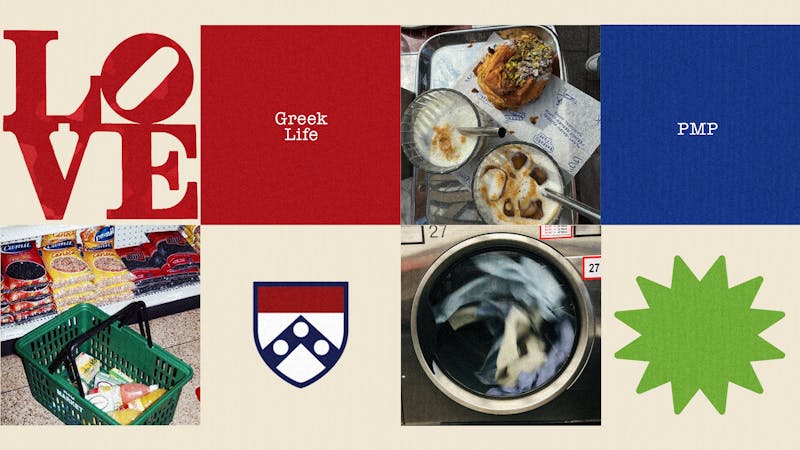
There really was very little the Lafayette defense could do. Even forcing four Penn turnovers could not help the Leopards' cause. The Penn football team's 45-28 victory over Lafayette on Saturday largely resulted from the ability of Penn's offense to pick apart the Lafayette defense in every way imaginable. The Quakers' attack ran the ball 44 times and attempted 35 passes for a total of 477 yards. That offensive balance was a considerable improvement from the opener at Lehigh where only 16 of Penn's 69 plays were rushes. "I thought they certainly wanted to prove a point from a week ago that they could run the ball," Lafayette coach Frank Tavani said. "Sixteen [rushing] attempts last week is like not even trying to run the ball." In both of its first two games, Penn has had to deal with the absence of junior running back Kris Ryan, who led the Ivy League with 1,197 rushing yards last season. Ryan missed both games with a high-ankle sprain. "Thank God [Kris Ryan] is sitting there in his street clothes," Tavani said, even after his team's 17-point loss. "He's one of the greatest backs I've ever seen." Saturday, Penn senior running back Mike Verille effectively filled the void, carrying the ball 26 times. Verille accumulated 99 yards in the contest and scored three touchdowns on runs from one, five and three yards out. A majority of Verille's carries came in the first half, while sophomore running back Todd Okolovitch led Penn's ground game after the break. Okolovitch had all 13 of his carries in the second half, running for 58 yards. Despite the added emphasis on the rushing attack, junior quarterback Gavin Hoffman and his corps of receivers had another stellar game. Hoffman followed his 356 passing yard performance at Lehigh -- the third best game in Penn passing history -- with another 300-yard day. Hoffman completed 70.6 percent of his passes for exactly 300 yards. The wealth of options Hoffman has when he drops back to pass was shown by the fact that nine different Quakers caught a pass against the Leopards. Nine Quakers also caught passes at Lehigh in the opener. The way in which Penn scored its three aerial touchdowns was a microcosm of the versatility that Penn's passing game presents. Penn's first passing touchdown came midway through the third quarter when Hoffman found senior tight end Ben Zagorski in the back of the endzone to give the Quakers a 31-7 lead. Zagorski used his 6'7" frame to reach over the Lafayette defender and haul in the Hoffman throw. Hoffman's other two touchdown passes resulted from Penn's speed at wide receiver instead of its size. Senior wide receivers Doug O'Neill and John Holahan caught touchdown passes for four yards and eight yards, respectively, on very similar plays. Both plays saw the wide receiver run a quick route and then catch the ball in the flat a few yards short of the end zone. Penn's offensive prowess was also proven by its ability to adapt to the game situation. In the first half, the Quakers were looking to move the ball downfield quickly in a no-huddle offense. Of its three first-half touchdown drives Penn's longest drive took only 2:43. As the Penn lead grew to 38-7, the offense moved to a more ball control tempo. "When you get such a big lead, the no huddle offense becomes counterproductive," Penn coach Al Bagnoli said. "We were trying to run the 25-second clock." Lafayette battled back and cut Penn's lead to 38-28 with under 10 minutes left in the fourth quarter. Watching its lead dwindle, the Quakers needed a time-consuming possession to break Lafayette's momentum. In the Quakers' first series of that drive they faced a third down with six yards to go on their own 24-yard line. Hoffman found Zagorski over the middle for eight yards to jump start the offense and keep the drive alive. "They blitzed, and I ended up being pretty open," Zagorski said. "It helped us get back in the game by killing the clock again, which was the most important thing." Zagorski's reception enabled Penn to march down the field to score its final touchdown, while eating a precious 6:04 off the clock.
The Daily Pennsylvanian is an independent, student-run newspaper. Please consider making a donation to support the coverage that shapes the University. Your generosity ensures a future of strong journalism at Penn.
DonatePlease note All comments are eligible for publication in The Daily Pennsylvanian.







